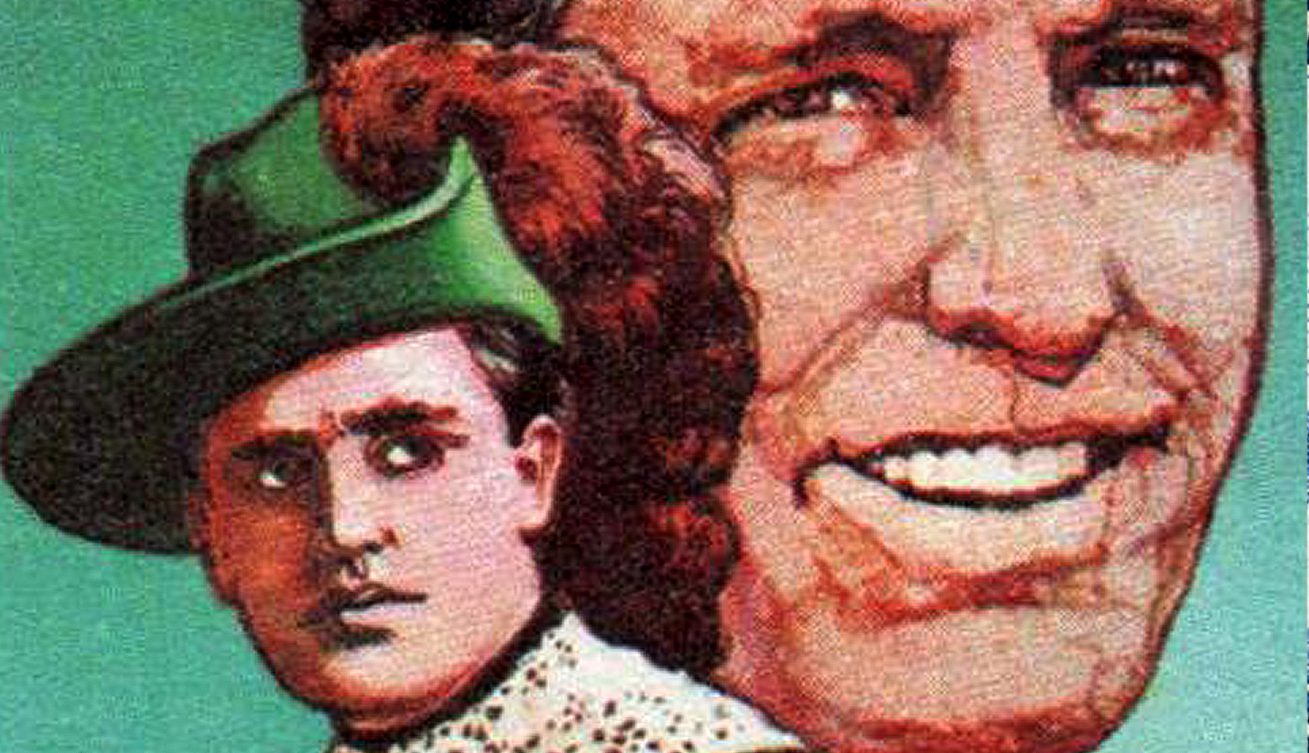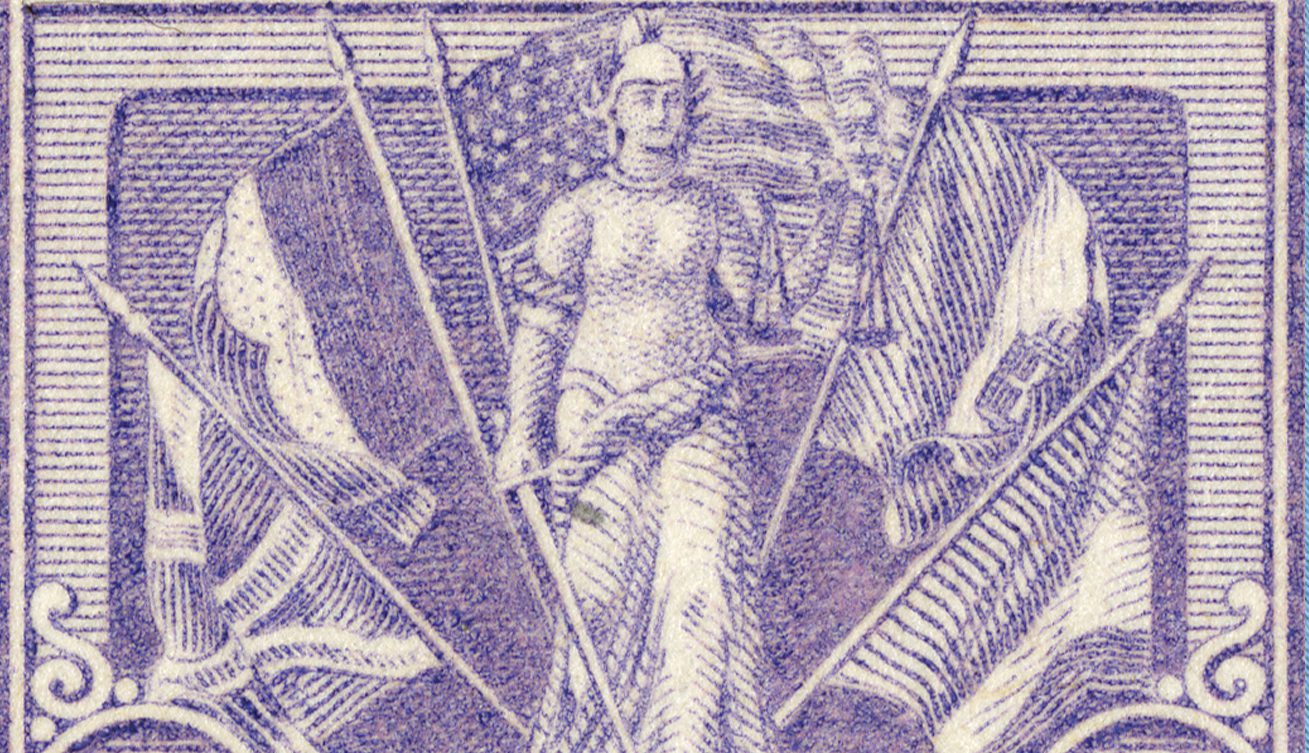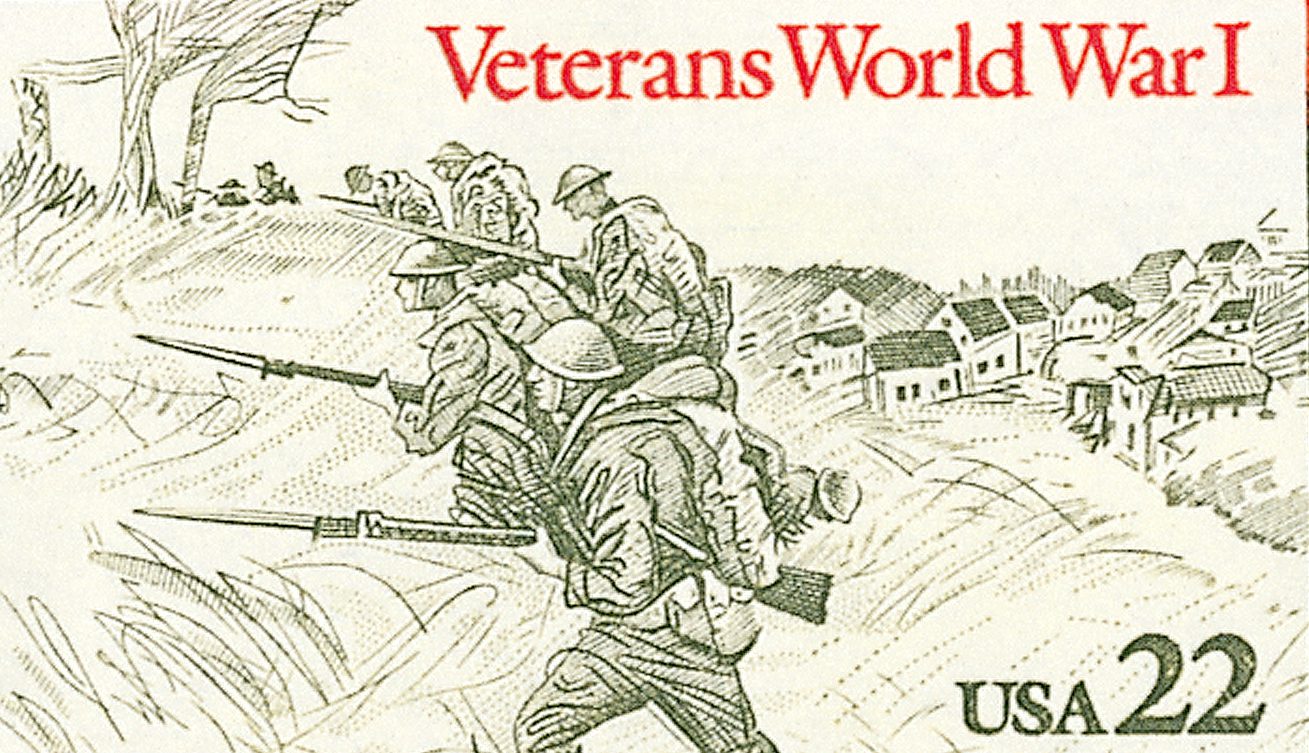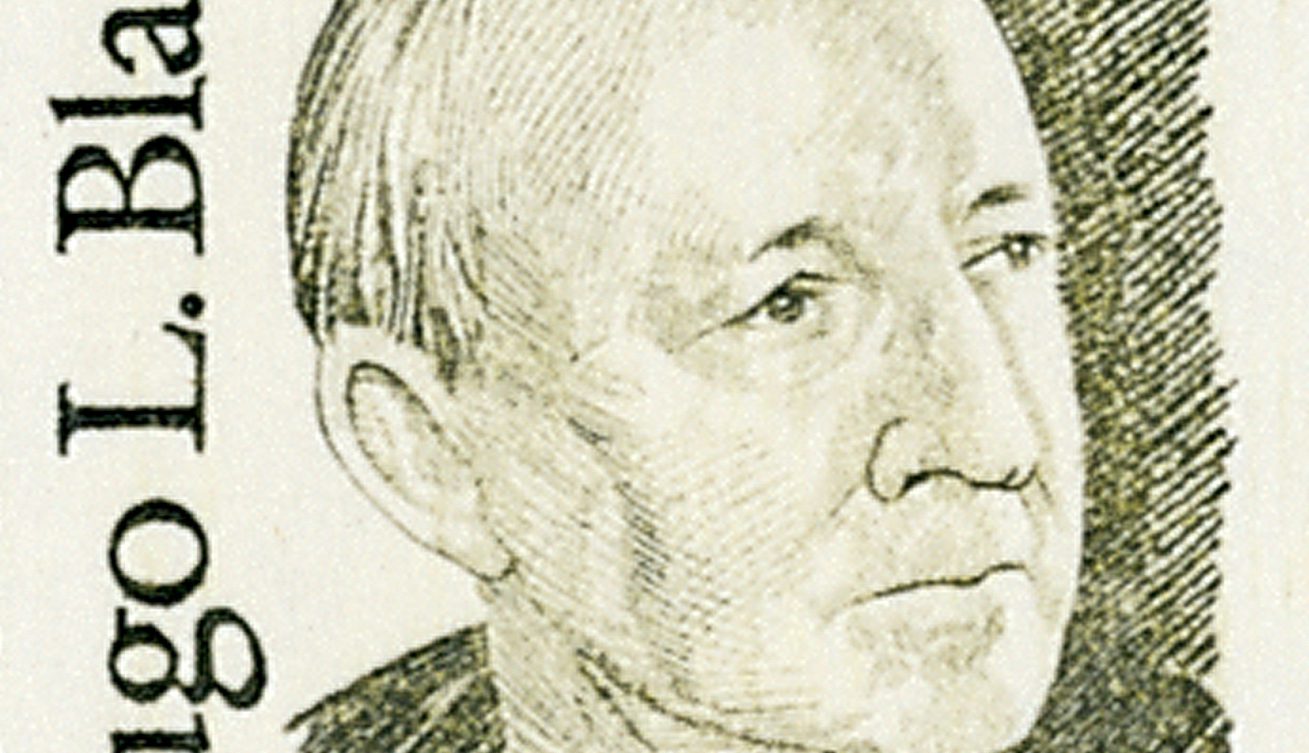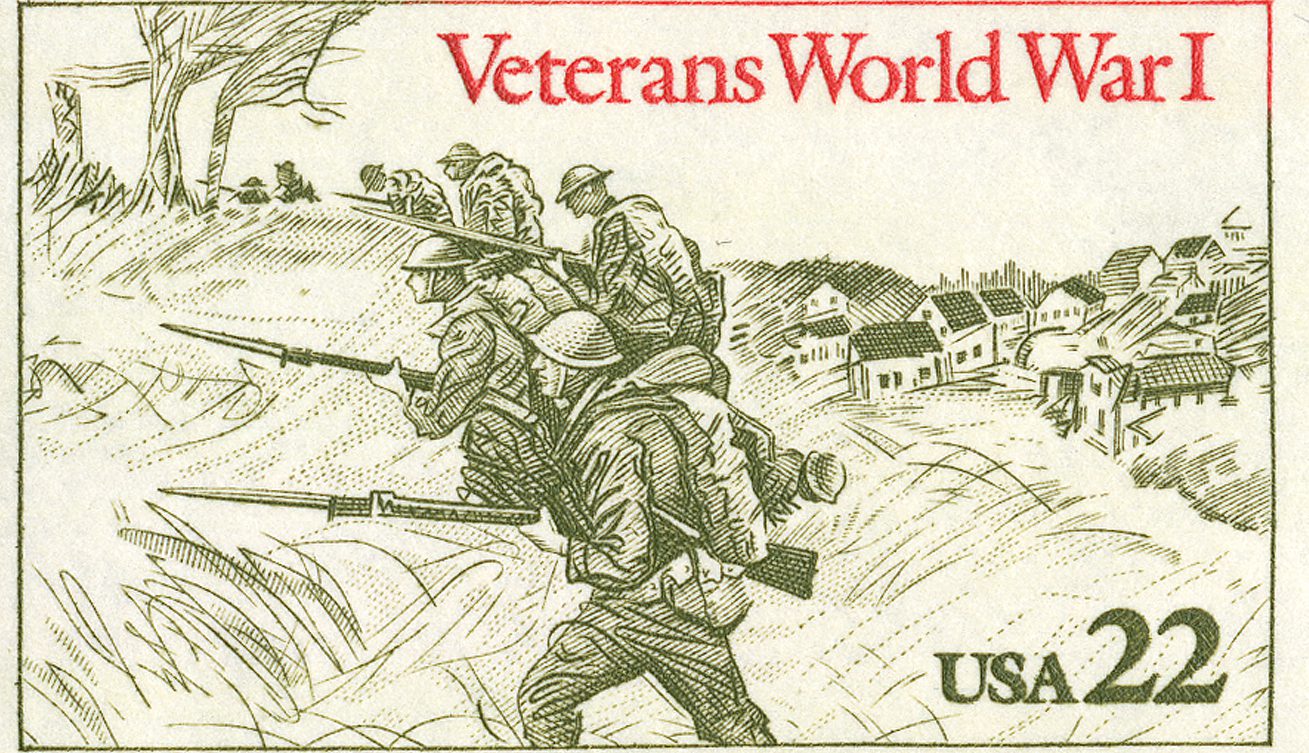Birth of James Montgomery Flagg
Noted artist and illustrator James Montgomery Flagg was born on June 18, 1877, in Pelham Manor, New York. He painted dozens of memorable posters, book covers, magazine covers, and more, with the most notable being his interpretation of Uncle Sam.


